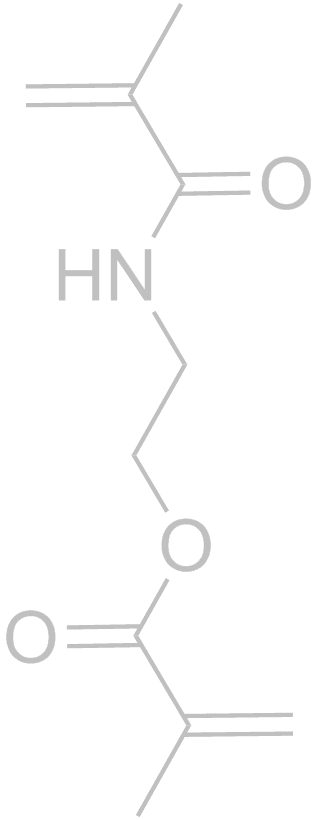Double-Imprinted Diffraction Grating Sensor Using a Virus Responsive Super-Aptamer Hydrogel Derived
- Bai, Wei; Spivak, David A.
- Jan 22, 2014
- 1 min read

Angewandte Chemie, International Edition (2014), 53(8), 2095-2098
The detection of viruses is of interest for a number of fields including biomedicine, environmental science, and biosecurity. Of particular interest are methods that do not require expensive equipment or trained personnel, especially if the results can be read by the naked eye. A new “double imprinting” method was developed whereby a virus-bioimprinted hydrogel is further micromolded into a diffraction grating sensor by using imprint-lithography techniques to give a “Molecularly Imprinted Polymer Gel Laser Diffraction Sensor” (MIP-GLaDiS). A simple laser transmission apparatus was used to measure diffraction, and the system can read by the naked eye to detect the Apple Stem Pitting Virus (ASPV) at concentrations as low as 10 ng mL−1, thus setting the limit of detection of these hydrogels as low as other antigen-binding methods such as ELISA or fluorescence-tag systems.





Comments